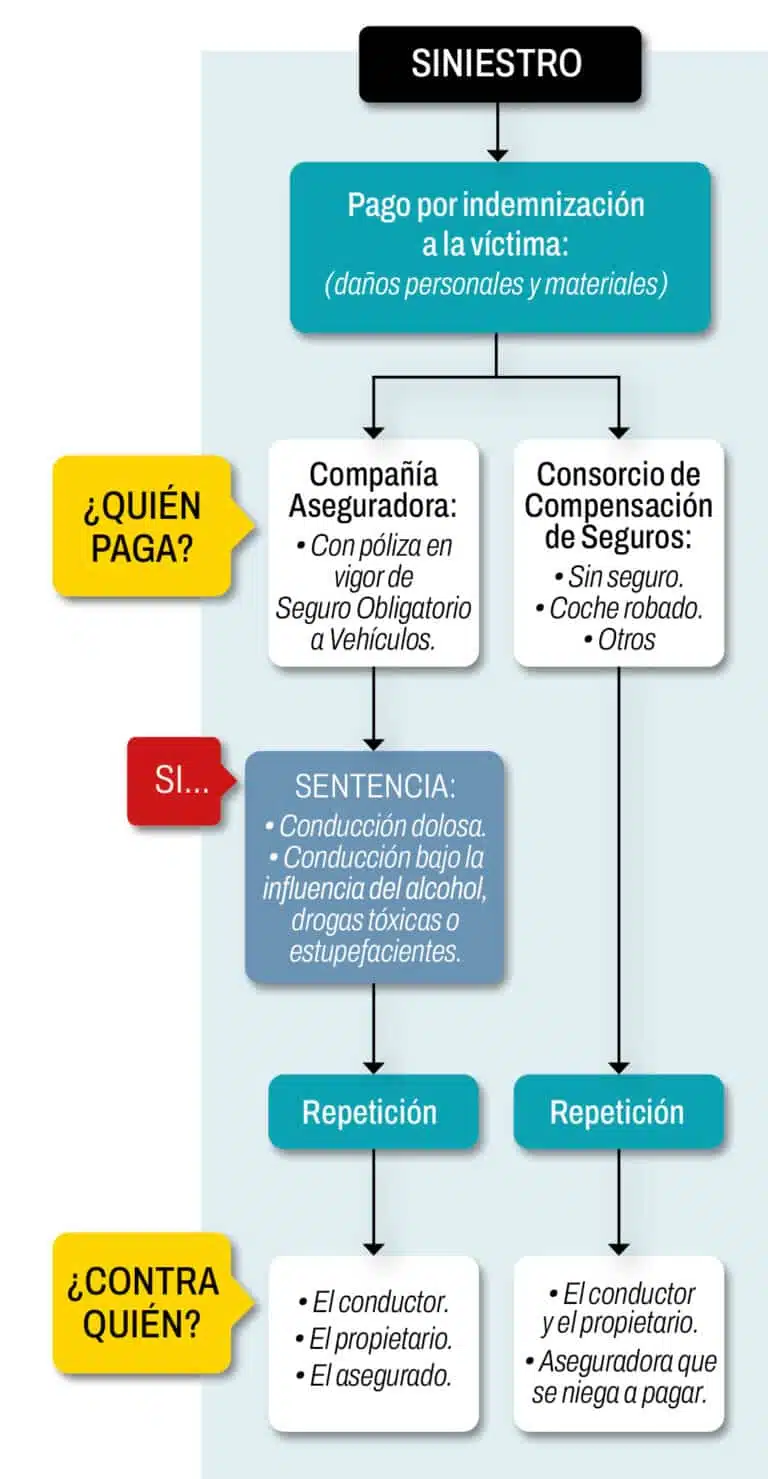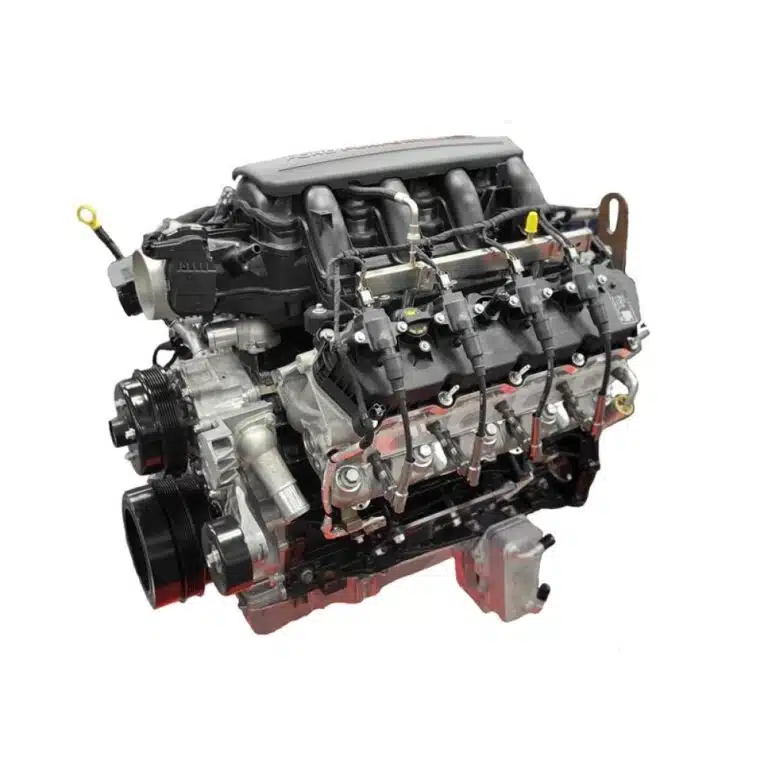Problems with power steering: a guide for an effective response

Nowadays, enjoying a car trip implies a comfort and smoothness experience, in which power steering plays a fundamental role. However, when problems arise with this essential system, driving can become complicated and dangerous. Identifying the symptoms of a faulty power steering system is crucial to prevent major inconveniences and ensure safety on the road. This guide is designed to provide you with the necessary keys to recognize and react appropriately to the most common problems related to power steering.
Introduction
Driving a modern vehicle is synonymous with comfort and autonomy, thanks to various systems, such as power steering. However, when this system presents failures, it can generate complicated situations that affect our driving experience. This article examines the signs of poor power steering, common causes, and effective solutions to address any inconvenience.
Signs of a Problem with Power Steering
Stiffness of the Steering Wheel
One of the first signs that the power steering is having problems is the stiffness of the steering wheel. If you feel resistance when maneuvering the steering wheel or require more effort than usual, it is a clear indication that something is not functioning as it should.
Strange Noises When Turning
The power steering should operate quietly. Any abnormal noise, such as squeaks or creaks when turning the steering wheel, may be a sign that there is a problem in the system that needs attention.
Vibrations in the Steering Wheel
Experiencing unusual vibrations in the steering wheel while driving is not only uncomfortable but frequently indicates a problem that could be related to the power steering or tire balance.
Warning Light on the Dashboard
The dashboard light in the shape of a steering wheel may turn on when there is a malfunction in the power steering. This is a warning signal that should not be overlooked.
Common Causes of Power Steering Problems
Hydraulic Fluid Leaks
A leak of hydraulic fluid is one of the most frequent causes of problems in power steering. This fluid is vital for the proper functioning of the system; if it is missing, the steering wheel will become more difficult to turn.
Defective Pump
The power steering pump is the central component of the system. If it is damaged or in poor condition, its ability to push the fluid could be compromised, directly affecting the system’s operation.
Worn or Broken Seals
Over time, the seals that seal the hydraulic circuit can wear out or break, resulting in fluid leaks and malfunctioning power steering.
Worn Belts
The belts are crucial as they connect the pump to the engine. If they are worn or loose, the pump will not operate efficiently, which could cause the power steering to fail.
Actions in Case of Defective Power Steering
Checking Fluid Levels
In the event of a stiff steering wheel, the first step is to check the fluid level of the steering. A low level may be the root of the problem, and replenishing it may sometimes resolve the situation.
Consult a Professional
If problems persist, it is essential to consult a technician. A professional diagnosis can accurately identify the problem and offer appropriate solutions for the situation.
Repair or Replacement of Components
Depending on the diagnosis made by a professional, it may be necessary to repair or even replace certain components, such as the power steering pump or the belts. This will not only solve the problem but will also ensure optimal functioning of the system.
Maintenance of Power Steering
Regular Checks
To avoid problems with power steering, it is advisable to carry out regular maintenance, which includes checking the condition of the hydraulic fluid and the various parts of the system.
Annual Visits to the Mechanic
It is advisable to take the vehicle to a professional at least once a year. This allows for detection of any signs of wear and taking appropriate measures before they become a major problem.
Cautious Driving
Lastly, adopting prudent driving can be key to prolonging the life of the power steering. Avoiding abrupt maneuvers can help prevent premature wear of its components.
Conclusion on Power Steering Problems
Power steering is a vital component in the modern driving experience, providing comfort and safety behind the wheel. However, when problems arise, the consequences can be severe and affect both the vehicle’s maneuverability and the safety of the driver and passengers. It is essential for car owners to be vigilant for signs of failures in power steering, such as stiffness of the steering wheel, unusual noises, and warnings on the dashboard.
By timely identifying these signs, the possibility of taking effective preventive measures opens up. The common causes of power steering problems are often related to a lack of hydraulic fluids, defects in the power steering pump, or wear of seals and belts. Regular attention and preventive maintenance of the system can help extend the lifespan of these critical components and ensure that they function smoothly.
At any sign of alert, it is essential to consult a qualified professional who can diagnose the problem accurately. Ignoring warning signs can lead to increased repair costs and potentially endanger the safety of the driver and others on the road. Proper diagnosis and repair will not only restore the function of the power steering but will also contribute to a more enjoyable and safe driving experience.
Remember that keeping your vehicle in optimal condition is just as important as knowing how to react to problems that may arise. The power steering is a complex system that requires adequate attention and knowledge about its operation to enjoy safe and efficient driving.





